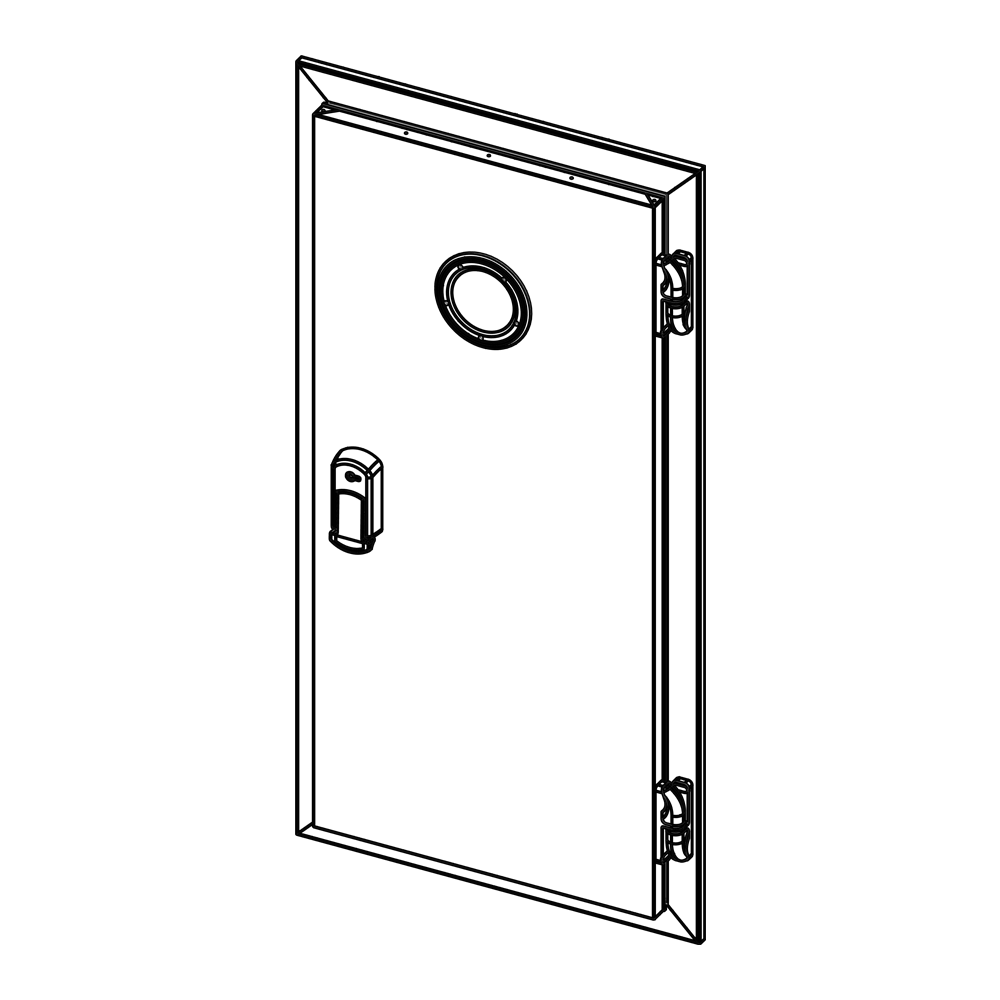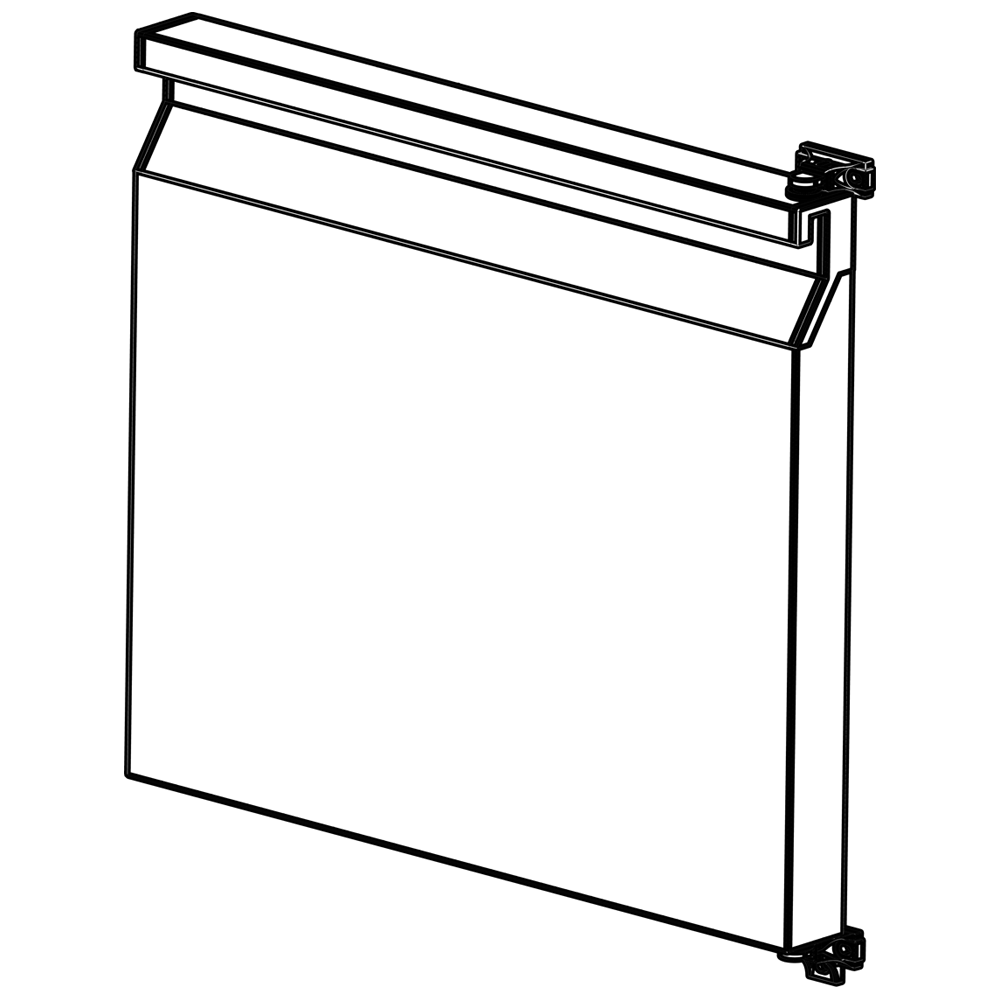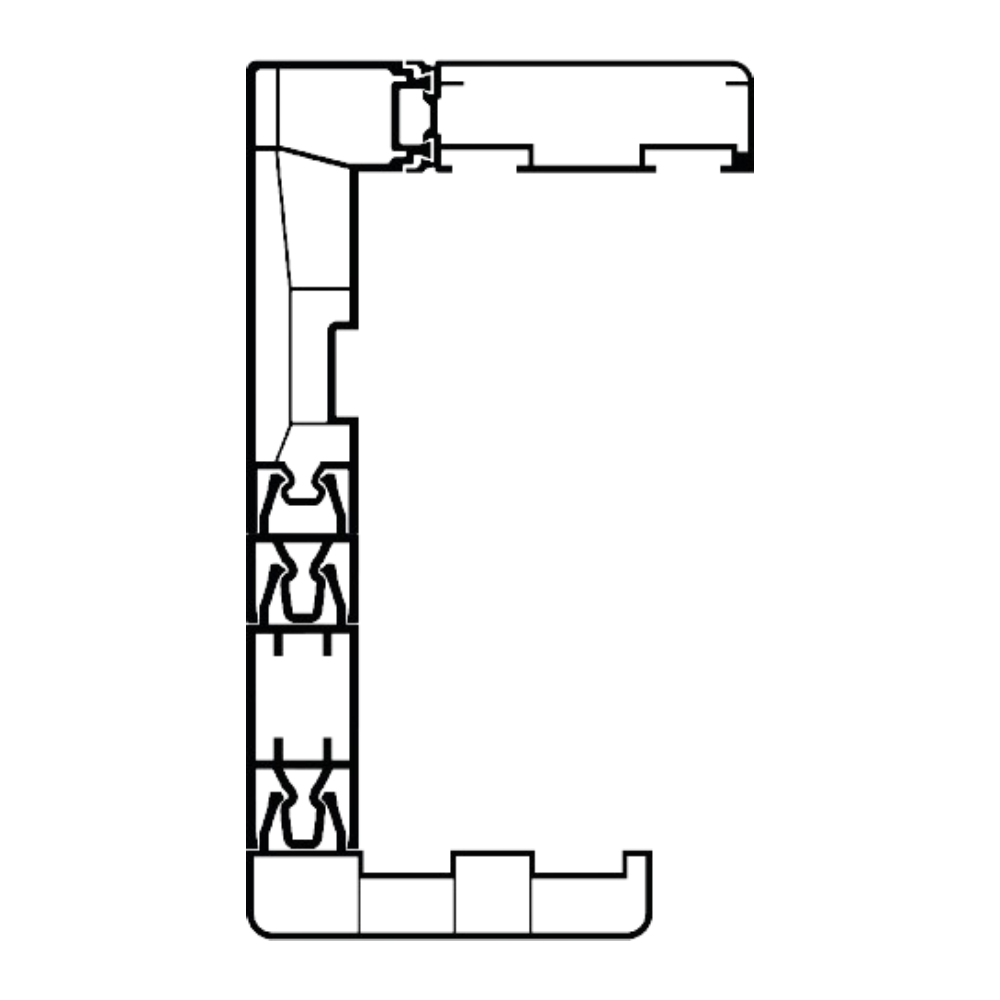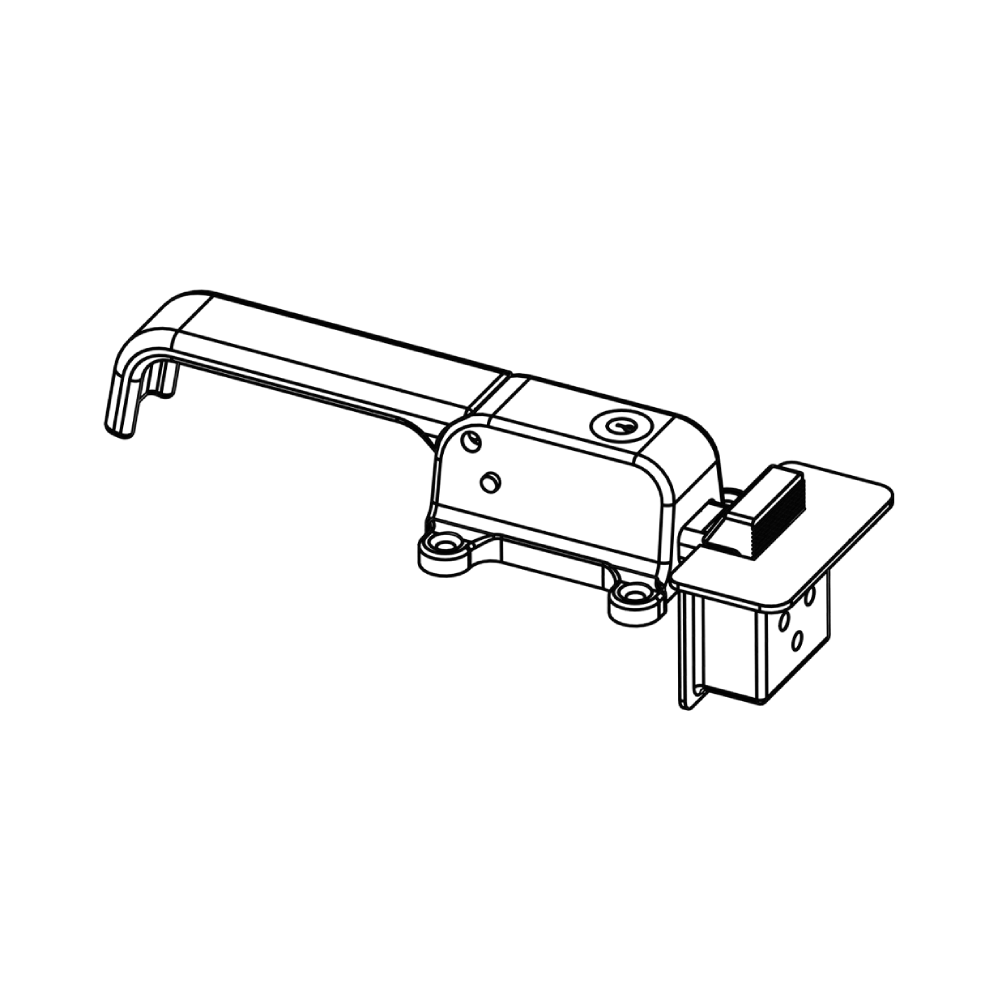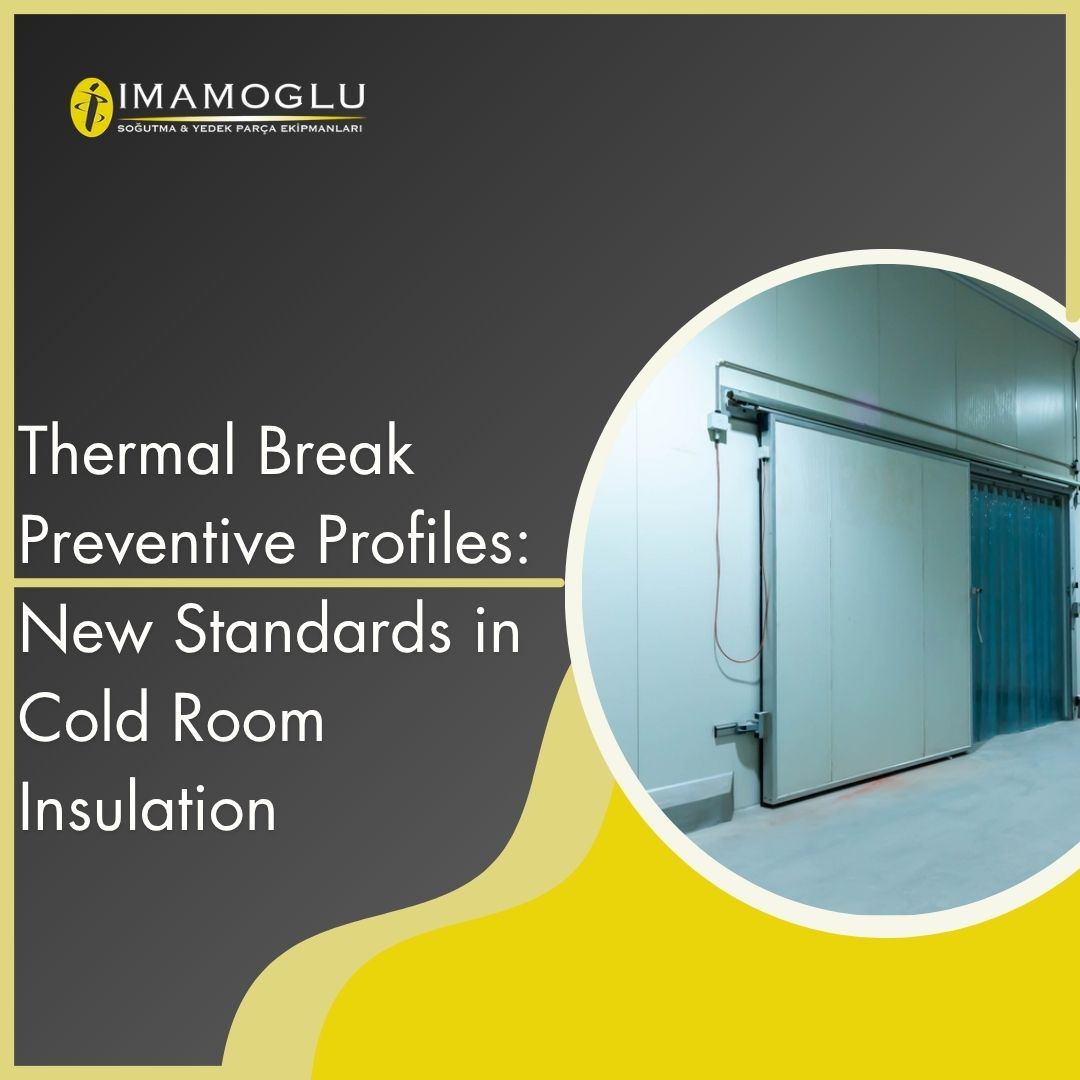Thermal Break Prevention Profiles: New Standards in Cold Room Insulation
Table of Contents
- What Are Thermal Break Prevention Profiles and How Do They Redefine Cold Room Efficiency?
- A Guide to the New Standards for Thermal Break Profiles in Industrial Cold Storage
- Key Benefits of Modern Thermal Break Prevention Systems for Cold Room Insulation
- Thermal Break Profiles vs. Traditional Insulation: A Technical Comparison for Cold Room Design
- How to Select and Specify the Correct Thermal Break Prevention Profile for Your Project
- Are Your Cold Rooms Compliant? Understanding the Latest Standards in Thermal Break Technology
What Are Thermal Break Prevention Profiles and How Do They Redefine Cold Room Efficiency?
In the demanding arena of industrial cold storage and processing, the integrity of the thermal envelope is paramount to operational efficiency and cost control. Thermal break prevention profiles represent a critical engineering solution designed to combat a pervasive issue: the formation of thermal bridges at panel joints and connection points. These specialized components are integral to modern cold room construction, fundamentally redefining energy performance.
A thermal bridge occurs when a conductive material creates a path of least resistance for heat flow, bypassing the insulation layer. In cold rooms, this leads to localized cooling of external surfaces, condensation, ice formation, and a significant increase in the energy consumption of refrigeration units. The primary function of a thermal break profile is to interrupt this conductive path. İmamoglu profiles, for instance, achieve this through a robust polymer bar or a geometrically complex polyamide strip that separates the inner and outer metal sections of the profile, drastically reducing heat transfer.
The application of these profiles directly enhances thermal efficiency by maintaining a more consistent internal temperature with less mechanical effort from the cooling system. This results in lower operational costs and a reduced carbon footprint. Furthermore, by preventing condensation, these systems inhibit the growth of mold and mildew, which is critical for hygienic design in food and pharmaceutical environments. The elimination of ice buildup also contributes to structural integrity and safety.
From a commercial and technical perspective, specifying high-performance thermal break prevention profiles is a strategic investment. The initial material cost is offset by long-term savings in energy bills and reduced maintenance demands. The superior thermal insulation properties ensure compliance with stringent energy regulations and contribute to condensation control, protecting both the stored goods and the building fabric. The engineering behind these components, including their structural integrity and ease of assembly, makes them indispensable for architects and contractors aiming for high-performance cold storage facilities.
A Guide to the New Standards for Thermal Break Profiles in Industrial Cold Storage
The evolution of industrial cold storage facilities demands a rigorous approach to thermal performance to mitigate energy loss and ensure operational integrity. The new standards for thermal break profiles represent a significant leap forward, focusing on advanced materials and engineering to address the critical issue of thermal bridging. This phenomenon, where conductive materials create a path for heat flow, has long been the primary weakness in cold storage envelopes, leading to substantial energy inefficiency and condensation problems.
Modern profiles are defined by their sophisticated polyamide thermal barrier, a high-strength polymer that effectively separates the interior and exterior aluminum sections of a door or panel frame. The efficacy of this barrier is quantified by its thermal transmittance or U-value, with newer standards pushing for exceptionally low values to minimize heat gain. This is not merely a theoretical improvement; it translates directly into reduced mechanical strain on refrigeration systems and lower electricity consumption, offering a compelling return on investment.
For product managers and engineers, specifying these advanced profiles is crucial for achieving long-term structural integrity in harsh environments. The thermal break must withstand significant thermal cycling and pressure differentials without compromising the frame's strength. The engineering behind profiles from manufacturers like İmamoglu involves precise calculations to ensure the barrier contributes to the overall structural stability of the installation, preventing failure at extreme temperatures.
Beyond energy savings, the prevention of condensation is a paramount benefit. By maintaining the interior surface temperature above the dew point, these high-performance profiles eliminate moisture formation, which is a primary cause of ice buildup, corrosion, and potential contamination. This is a critical consideration for facilities handling perishable goods, where hygiene and product safety are non-negotiable. The guide underscores how proper profile selection is integral to the building's airtightness, further enhancing efficiency.
Commercial decision-makers will find that adherence to these new standards is increasingly linked to regulatory compliance and sustainability certifications. Investing in superior thermal break technology from a trusted provider like İmamoglu is not just an operational expense but a strategic asset. It future-proofs facilities against rising energy costs and stricter environmental regulations, while also ensuring optimal performance of the cold chain from end to end.
Key Benefits of Modern Thermal Break Prevention Systems for Cold Room Insulation
The primary challenge in cold room insulation is maintaining a consistent thermal barrier, a task compromised by structural elements that create thermal bridges. These conductive pathways allow heat transfer, forcing refrigeration systems to work harder and leading to significant energy consumption. Modern thermal break prevention systems are engineered specifically to mitigate this inefficiency by isolating the interior and exterior structural components.
At the core of these advanced systems is the strategic use of materials with extremely low thermal conductivity. By integrating high-performance insulating materials within panel joints, support brackets, and door frames, these solutions drastically reduce unwanted heat gain. This direct enhancement of the building envelope's integrity is critical for achieving optimal energy efficiency, directly translating into lower operational expenditures for facilities.
The commercial impact extends beyond simple energy savings. By minimizing the thermal load on compressors and evaporators, these systems reduce mechanical strain, leading to less frequent maintenance and extended equipment lifespan. This reliability is paramount in applications requiring strict temperature control, such as pharmaceutical storage or food processing, where any deviation can result in substantial product loss.
Superior thermal break technology also plays a vital role in preventing condensation formation on interior surfaces. When warm, moist air contacts a cold surface compromised by a thermal bridge, condensation occurs, posing risks of ice buildup, microbial growth, and structural deterioration. Effective prevention systems maintain surface temperatures above the dew point, ensuring a dry and hygienic environment.
For product managers specifying materials, the long-term return on investment is a decisive factor. Systems like those from İmamoglu are designed for durability and ease of installation, contributing to a favorable lifecycle cost. The integration of a continuous vapor barrier within the assembly is another critical feature, preventing moisture ingress that can degrade insulation performance over time.
Ultimately, the adoption of modern thermal break solutions is a strategic decision for any cold chain operation. The combination of enhanced thermal performance, operational cost reduction, and improved facility integrity makes these systems an indispensable component in contemporary industrial design, ensuring compliance with increasingly stringent energy regulations.
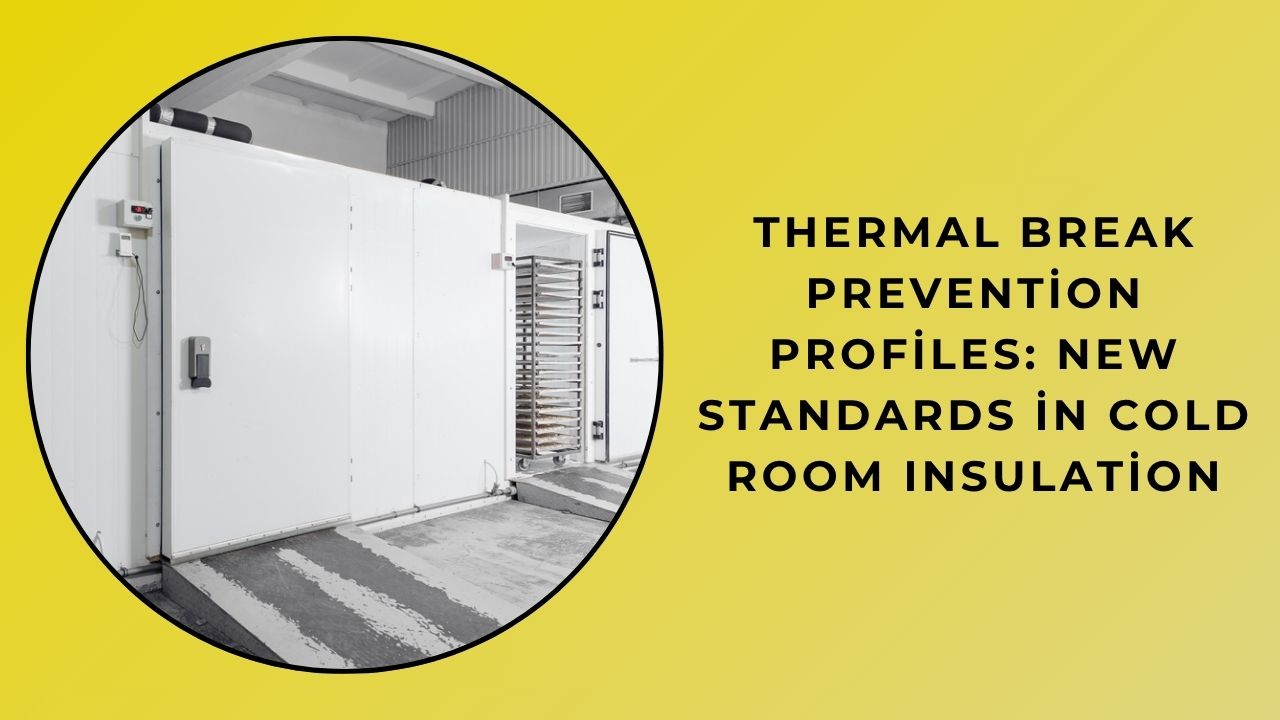
Thermal Break Profiles vs. Traditional Insulation: A Technical Comparison for Cold Room Design
The design of industrial cold rooms and freezers demands meticulous attention to thermal bridging, a phenomenon where conductive materials create a direct path for heat flow, severely compromising thermal efficiency.
Traditional insulation methods, which involve filling metal frame cavities with materials like polyurethane foam or mineral wool, address conductive heat transfer through the cavity but do not interrupt the thermal bridge created by the structural profiles themselves.
This inherent weakness leads to significant energy losses, condensation formation, and potential ice buildup on interior surfaces, jeopardizing both operational costs and structural integrity.
Thermal break profiles represent a fundamental engineering advancement by physically separating the interior and exterior sections of a metal profile with a low-conductivity material, such as a rigid polyamide bar.
This thermal barrier drastically reduces heat transfer through the frame, directly targeting and mitigating the thermal bridge at its source.
The result is a substantially improved U-value for the entire assembly, leading to lower energy consumption for refrigeration systems and a more stable internal environment.
From a commercial perspective, the investment in thermal break technology, such as the systems offered by İmamoglu, translates into rapid return on investment through reduced utility bills and decreased wear on cooling compressors.
Furthermore, by elevating the temperature factor (fRsi) above critical thresholds, these systems prevent surface condensation, which is essential for maintaining hygiene standards in food processing and pharmaceutical storage facilities.
The application of thermal break profiles is critical in achieving modern standards for energy efficiency and sustainable building practices, often exceeding the requirements of stringent building codes.
For product managers and engineers, specifying thermal break profiles is a strategic decision that optimizes long-term operational performance and minimizes lifecycle costs for cold storage facilities.
How to Select and Specify the Correct Thermal Break Prevention Profile for Your Project
The selection of an appropriate thermal break profile is a critical engineering decision that directly impacts a system's energy efficiency, structural integrity, and long-term operational costs. These profiles function as a barrier to heat transfer, effectively isolating hot and cold sections within a build to prevent energy loss and control surface condensation.
Initial specification must begin with a rigorous thermal analysis of the application environment. Engineers must calculate the expected thermal gradient and identify potential cold bridging points where energy escape is most likely. The thermal conductivity of the profile material is paramount; lower conductivity values directly correlate with superior insulation performance.
Beyond thermal properties, the mechanical demands on the profile cannot be overlooked. The chosen profile must withstand significant structural load and potential thermal expansion and contraction cycles without compromising its insulating properties. This requires a material with high compressive strength and excellent dimensional stability under fluctuating temperatures.
For projects requiring exceptional performance, such as in high-humidity environments or cryogenic applications, the thermal performance of the entire assembly is the defining factor. Profiles from İmamoglu are engineered with advanced polymer composites that offer an optimal balance of low conductivity and high strength, ensuring a reliable thermal barrier.
Effective condensation control is another vital outcome of a correctly specified profile. By maintaining surface temperatures above the dew point, these systems prevent moisture accumulation, which protects against corrosion, mold growth, and ice formation, thereby enhancing both safety and longevity.
The commercial advantage lies in selecting a profile that delivers long-term value. A superior thermal break from İmamoglu reduces energy consumption for heating and cooling, lowers maintenance requirements, and ensures compliance with increasingly stringent building and environmental codes, providing a strong return on investment over the lifecycle of the installation.
Are Your Cold Rooms Compliant? Understanding the Latest Standards in Thermal Break Technology
The operational integrity and energy efficiency of cold storage facilities are critically dependent on the performance of their structural envelope. A primary point of vulnerability lies in the thermal bridging effect, where conductive materials like steel create a direct path for heat transfer, undermining insulation and increasing refrigeration load.
Modern compliance standards, including stringent European regulations, now mandate the use of advanced thermal break technology to mitigate these energy losses. This technology involves the strategic insertion of a low-conductivity material within the panel or frame assembly to disrupt the heat flow path, significantly improving the overall thermal efficiency of the cold room.
Products like those from İmamoglu are engineered with a deep, polyamide-based thermal break that delivers a superior U-value, a key metric measuring the rate of heat transfer. A lower U-value directly translates to reduced energy consumption for refrigeration systems, leading to substantial operational cost savings and a lower carbon footprint.
Beyond energy savings, effective thermal breaks are essential for preventing condensation formation on interior surfaces. By maintaining surface temperatures above the dew point, this technology eliminates moisture that can lead to ice buildup, microbial growth, and potential product contamination, ensuring food safety and asset protection.
The structural performance of a panel system is non-negotiable. High-quality thermal break solutions must achieve an optimal balance, providing excellent thermal resistance without compromising the structural integrity or load-bearing capacity required for high-bay storage and automated environments.
For product managers specifying equipment, understanding the lifecycle cost is paramount. While the initial investment in premium thermal break panels may be higher, the long-term reduction in energy expenditure and maintenance needs results in a significantly better total cost of ownership.
Implementing compliant cold room solutions also future-proofs facilities against evolving regulatory landscapes. Adhering to the latest standards in building envelope performance not only ensures operational efficiency today but also mitigates compliance risks as global energy codes become more rigorous.
Selecting a partner like İmamoglu, which prioritizes rigorous testing and certification, guarantees that the specified insulation performance meets declared values in real-world conditions, providing certainty for engineers and financial assurance for decision-makers.


